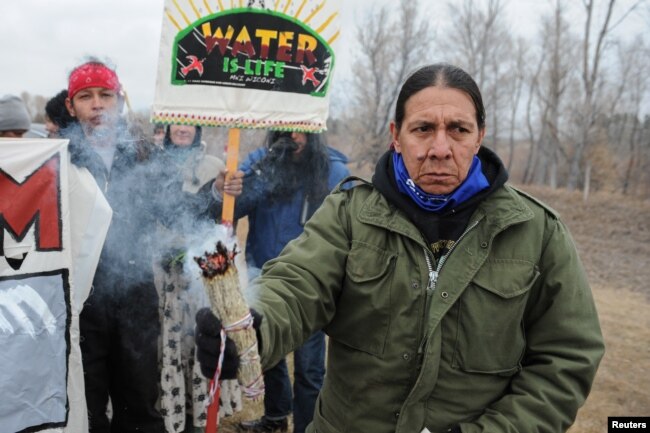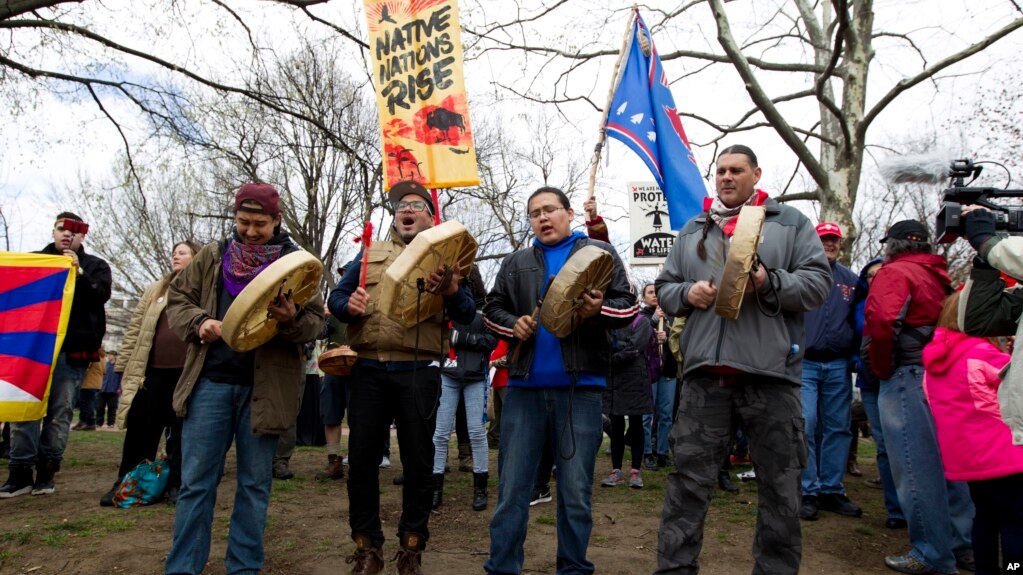U.S. District Judge James Boasberg in Washington said that the Army Corps did not adequately consider the effects of a possible oil spill on the fishing and hunting rights of the Standing Rock Sioux tribe. Operations of Energy Transfer Partners LP’s pipeline have not been suspended but that be considered at a later date, the order said. The $3.8 billion line began interstate crude oil delivery in May.
Future steps
The parties are expected to meet with Boasberg next Wednesday to discuss future steps; the Standing Rock Sioux are expected to argue that pipeline operations should be halted. The judge said in a 91-page decision that while the Army Corps substantially complied with the National Environmental Policy Act, federal permits issued for the pipeline violated the law in some respects, saying in a court order the Corps did not “adequately consider the impacts of an oil spill on fishing rights, hunting rights, or environmental justice.” “To remedy those violations, the Corps will have to reconsider those sections of its environmental analysis upon remand by the Court,” the judge said.
America Indians and their supporters protest outside of the White House, Friday, March 10, 2017, in Washington, to rally against the construction of the disputed Dakota Access oil pipeline.
The tribe had sued the Army Corps over its approval of the controversial Dakota Access Pipeline in North Dakota, arguing the line could contaminate their water source, the Missouri River. “We applaud the courts for protecting our laws and regulations from undue political influence, and will ask the Court to shut down pipeline operations immediately,” said Standing Rock Sioux Chairman Dave Archambault, in a statement. ETP was not immediately available for comment.
Pipeline complete, running
In February, the Army Corps of Engineers granted the final easement needed to finish the controversial pipeline, which had been delayed for several months after protests led by the Standing Rock Sioux tribe and climate activists. The controversial pipeline needed a final permit to tunnel under Lake Oahe, a reservoir that is part of the Missouri River.
Two previous arguments by the Standing Rock tribe — that the construction threatened sacred sites, and that the presence of oil in the pipeline would damage sacred waters — had been rejected by the court. President Donald Trump, days after being sworn in, issued an executive order directing the Army Corps to smooth the path to finishing the line, prompting complaints by the tribe and environmental groups that it had not done an adequate environmental review.
Judge Orders Environmental Review of Dakota Pipeline








